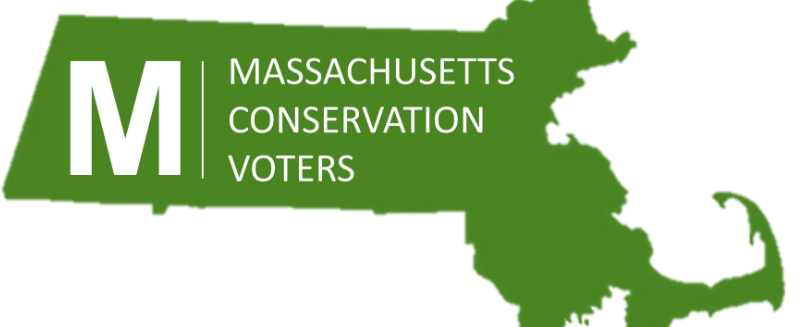Andrew W. Kahrl | Guest Opinion, The New York Times | June 28, 2020
https://www.nytimes.com/2020/06/28/opinion/coronavirus-openings-summer-beaches.html
Like other crises in the past, the coronavirus pandemic has provided an opportunity for communities to act on their most exclusionary impulses. This summer, private pools and beach clubs, as well as public facilities in wealthier areas, are reopening with new measures to ensure that the general public stays out: hiring more security, aggressively checking beach tags and restricting access to residents only.
Invariably, these measures are justified in the name of public health — and concerns about the spread of the virus shouldn’t be taken lightly. But exclusionary measures that predominantly white and wealthier communities have eagerly adopted, combined with the fact that many cities and towns are keeping public swimming pools closed to help narrow budget gaps, mean many Americans who rely on public facilities for outdoor recreation — disproportionately lower income families and people of color — will step outside this summer only to find that there are few places left for them to go.
This has happened before. Throughout American history, in times of heightened racial tension and rising inequality, the socially advantaged tend to retreat into private spaces, withdraw taxpayer support for public recreation, and work to restrict access to public space within their communities, often using concerns about public health and safety as justification.
In the summer of 1929, residents of the town of Westport along Connecticut’s Gold Coast reported a “new menace” threatening the health and safety of their community: New Yorkers fleeing the squalid, scorching city and flocking to a new state beach located on neighboring Sherwood Island. Because it was state-owned land, all the residents could do, one reporter noted, was “to make access as difficult as possible.” Which they did.
To read the full story, please click here.
